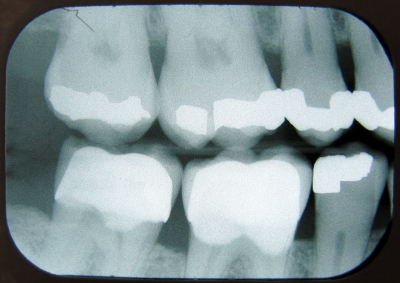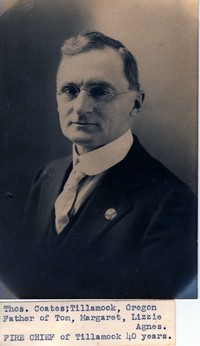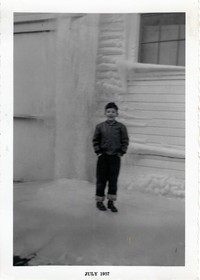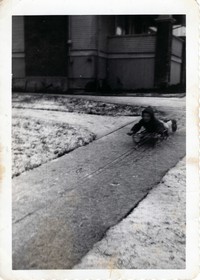I asked whether the dentist’s x-ray machine could provide digital images.
“No. Such machines are very expensive.”
So I kicked the camera in to macro mode and shot images of the images. Here’s one.

Now, when I’m in a plane crash, my body can be identified.
I like to get images from medical places – images of the retina from the optical guys, for instance.
The dentist tracks these x-rays in pairs over time. The same thing can be done with other images. I want to do so, myself.
Digitizing health information is a hot subject now. Oddly enough, the restrictions medical machines live under discourage such actions. It’s a whole ‘nother level of engineering to hook a medical machine to the net.
That’s frustrating.
If you are building a medical machine, why not make it able to spin out its data in real time so that a remote expert can help with evaluations? Or so that someone who cares about the patient can keep track of what’s happening in real time from a distance? Or so that a database of real experience can be automatically built from all uses of a machine?
Images like this raise other questions. Why should every dental office in the country have x-ray machines? Why can’t you buzz in to an x-ray office and simply get the images? Specialized x-ray offices would shoot higher quality images. And cheaper. Heck, in the case of teeth, it would make a lot of sense for software to evaluate the shots and annotate them for the dentist and patient. That wouldn’t stop the dentist from doing his own evaluation. But, we sure know how such a facility would play out in the political world. If most people paid their own dental bills, as I do, such businesses would have been around a long time ago.
But, for now, I side with the idea that digitizing and collecting health information should be done by the owner/patient. Let the systems to enable such collections be built from the bottom, up – need and interest driven – rather than from the top, down.

 Click to see the pictures
Click to see the pictures Click to see pictures.
Click to see pictures.
